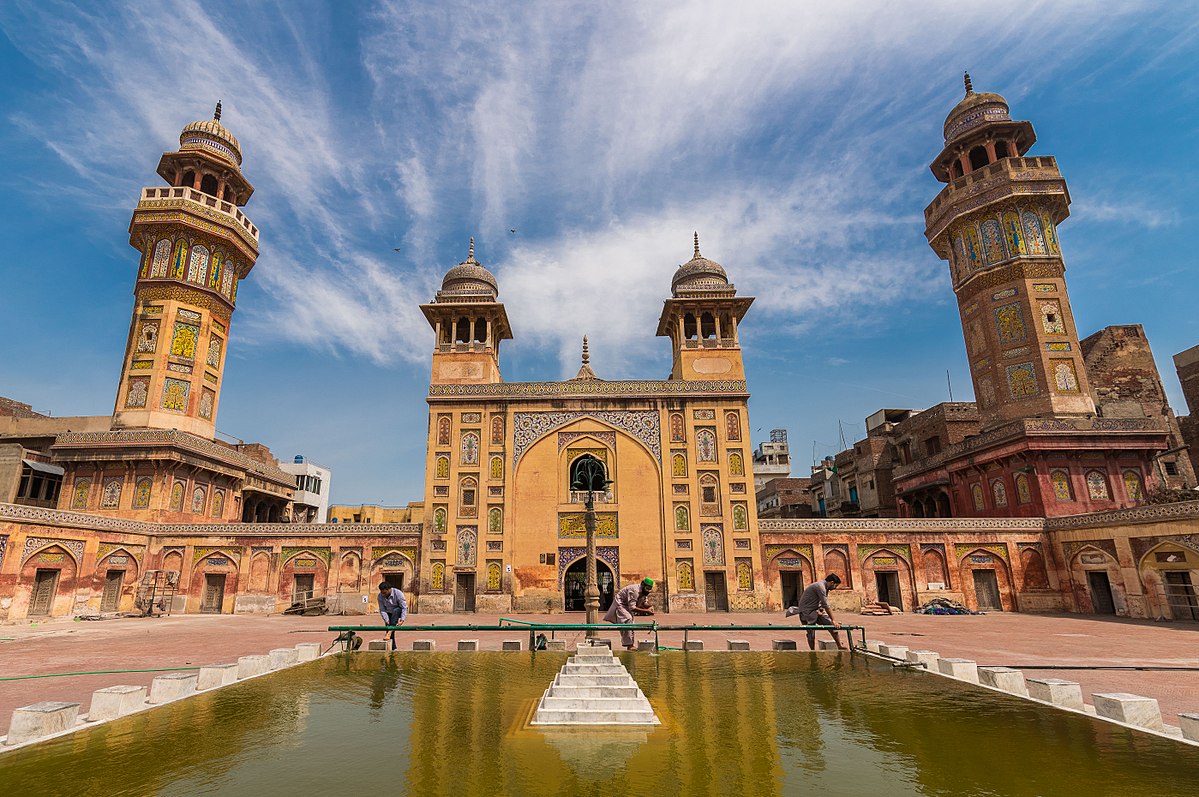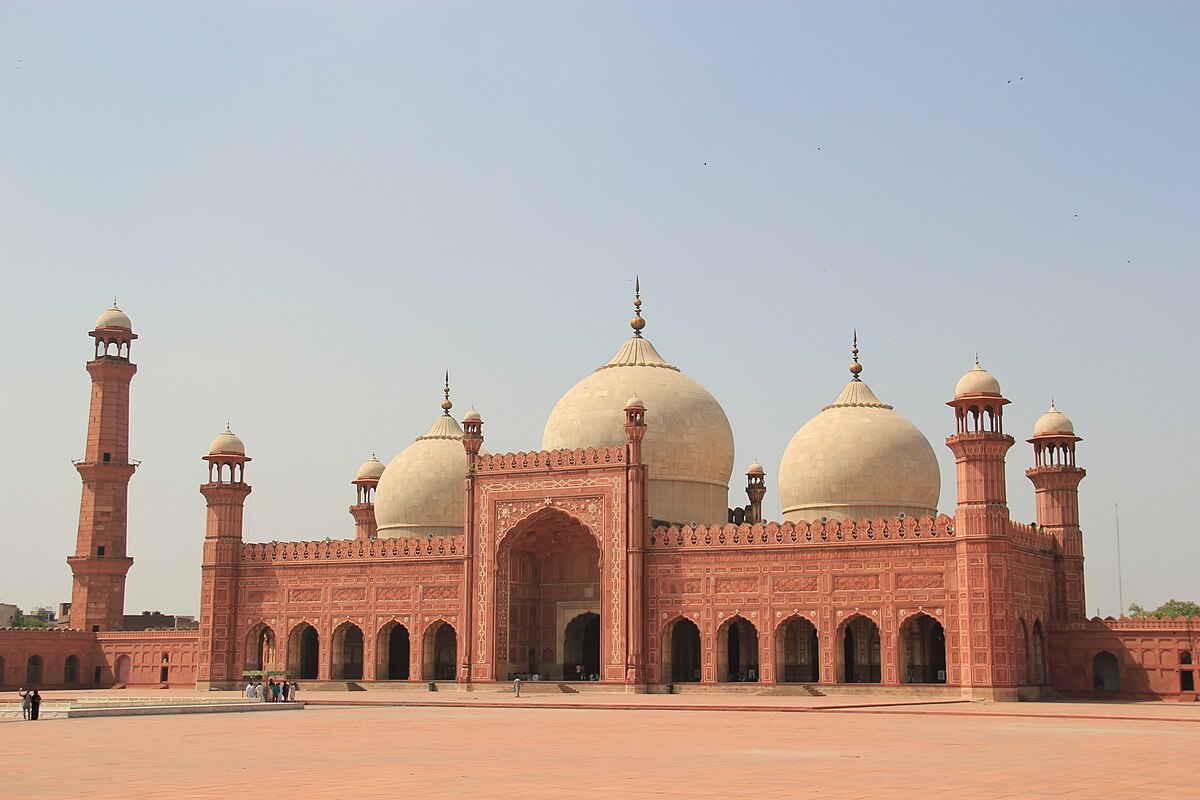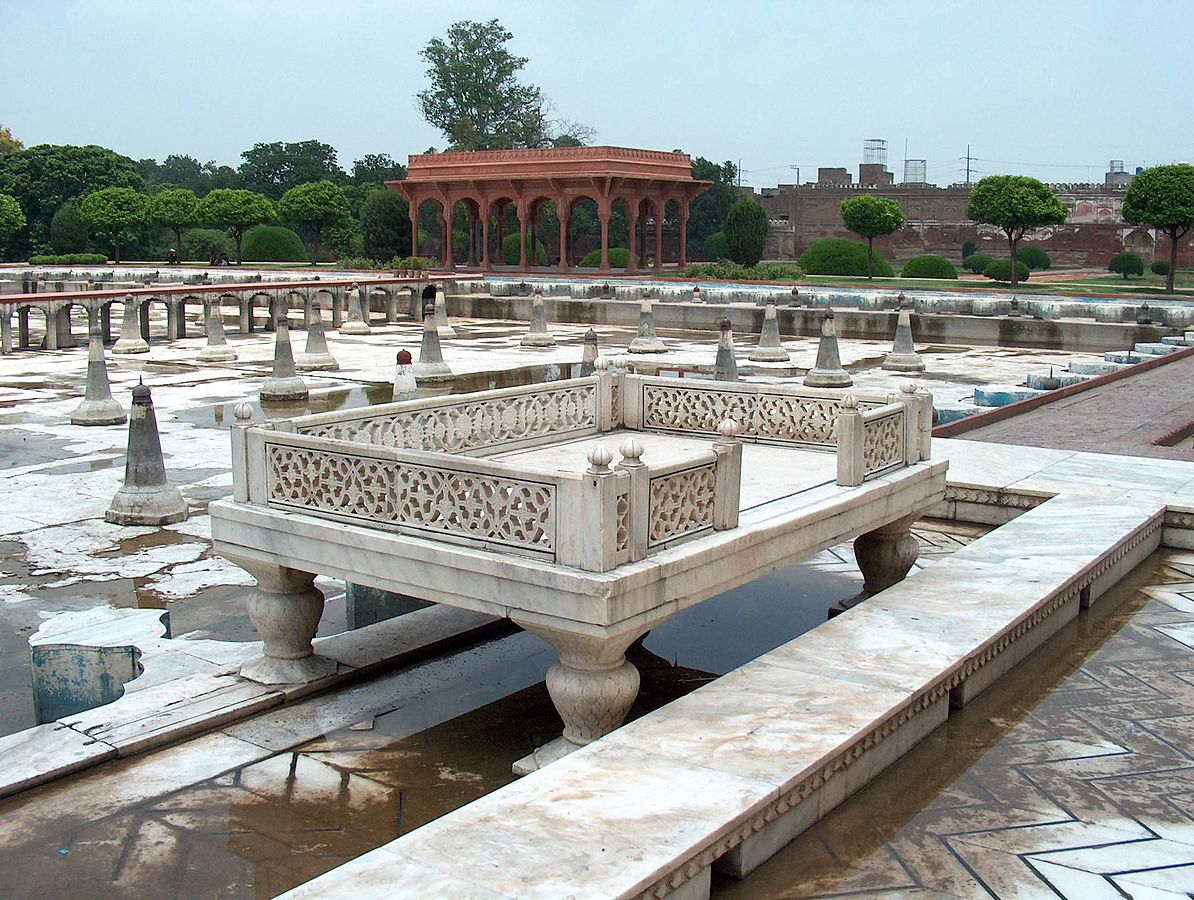The Lahore Fort, popularly known as Shahi Qila, is one of the most magnificent landmarks of Pakistan. Rising proudly beside the Badshahi Mosque, this UNESCO World Heritage Site is not just a fort but a city within walls. Its grand palaces, mosques, and gardens tell stories of emperors, queens, saints, and soldiers who shaped Lahore into the cultural heart of the Mughal Empire.
Visitors often wonder who built Lahore Fort or why it holds such importance in history. The truth is that the fort was expanded and beautified by several rulers, each leaving behind their artistic and political imprint. Today, the fort remains a vibrant tourist destination, with attractions like the Sheesh Mahal and Moti Masjid drawing heritage lovers from around the world.
History of Lahore Fort

- Who built Lahore Fort? The earliest foundations of the fort date back to antiquity, but the Mughal Emperor Akbar the Great rebuilt it in the 1560s using brick and red sandstone. Later emperors Jahangir, Shah Jahan, and Aurangzeb added their own masterpieces, making it one of the most majestic forts in South Asia.
- What makes it significant? The fort was not just a military stronghold but also a royal residence and a symbol of Mughal grandeur. It was here that emperors planned conquests, held audiences, and celebrated festivals.
- Where is it located? It is situated in the northwestern corner of the Walled City of Lahore, adjacent to the Badshahi Mosque.
- When did it flourish? The fort reached its peak of beauty and importance during the reign of Shah Jahan, known for his love of marble palaces and intricate decoration.
- Why was it built? Beyond defense, the fort was meant to project Mughal authority and serve as the heart of Lahore’s political and cultural life.
- How was it built? It was constructed with thick walls, massive gates, elegant marble pavilions, and exquisite frescoes. Each section reflects a blend of Persian, Central Asian, and South Asian artistry.
For more context on Lahore’s Mughal heritage, you may also explore the Wazir Khan Mosque, another gem built during the same era.
Architecture of Lahore Fort
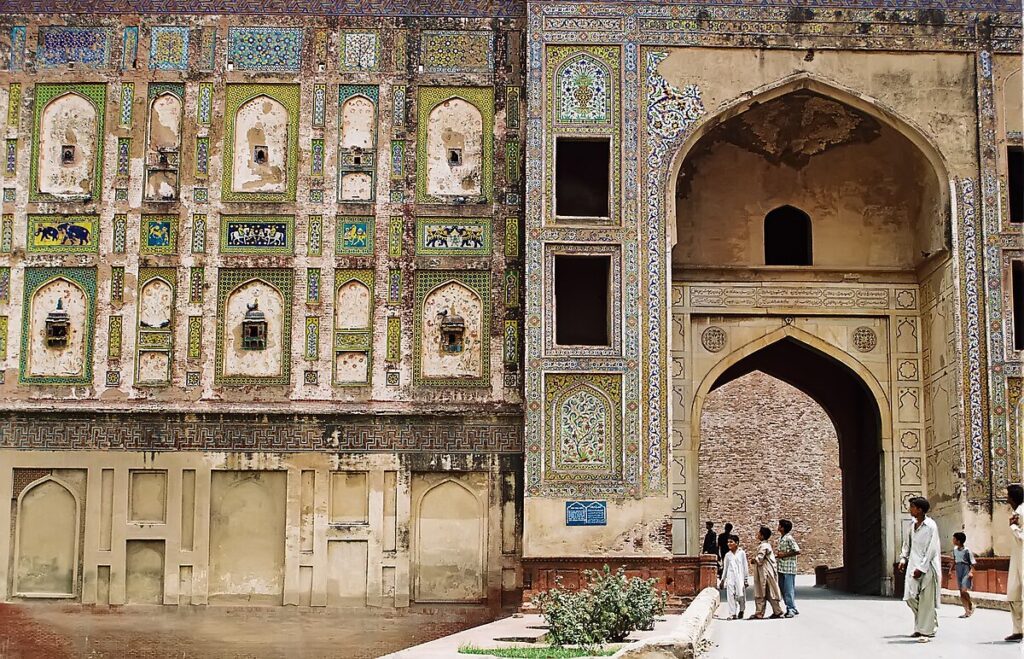
The fort is a remarkable blend of military strength and delicate beauty. It contains over 20 monuments within its walls, many of which date back to the Mughal era.
The Sheesh Mahal (Palace of Mirrors) is one of the most famous structures. Built by Shah Jahan, it dazzles with tiny mirror pieces inlaid into marble, creating a glittering effect when lit by candles.
The Moti Masjid (Pearl Mosque) is another jewel, known for its pure white marble and intimate prayer space. This mosque was also commissioned by Shah Jahan and remains a symbol of elegance and devotion.
In addition to these, the fort includes several iconic monuments:
- Diwan-i-Khas – the hall of private audience for royal gatherings
- Naulakha Pavilion – richly decorated with marble and pietra dura inlay
- Sheesh Mahal – the stunning Palace of Mirrors
- Picture Wall – a vast mural wall adorned with frescoes and tile mosaics
- Lava Temple – linked with the mythical prince Lava, son of Rama
- Hazuri Bagh Baradari – a garden pavilion built by Maharaja Ranjit Singh
The fort’s layout includes grand courtyards, royal gardens, and imposing gates. The Alamgiri Gate, added by Aurangzeb, still serves as the fort’s main entrance. Within, one can find beautiful frescoes, marble latticework, and richly painted ceilings. If you are captivated by such artistry, you might also enjoy the intricate tile work of the Shahi Hammam, another Mughal masterpiece.

Important Historical Events
The Lahore Fort history spans centuries of glory and turmoil. During the Mughal period, it was the center of imperial power. Akbar used it to consolidate his rule, while Shah Jahan turned it into a palace of splendor. Aurangzeb further fortified it, ensuring its military strength.
When the Mughal Empire declined, the fort fell into the hands of the Sikhs in the late 18th century. Maharaja Ranjit Singh used it as his residence and stored the famous Koh-i-Noor diamond here. During British colonial rule, parts of the fort were altered for military purposes.
Despite periods of neglect, the fort never lost its grandeur. In 1981, UNESCO declared it a World Heritage Site, ensuring its preservation for future generations.
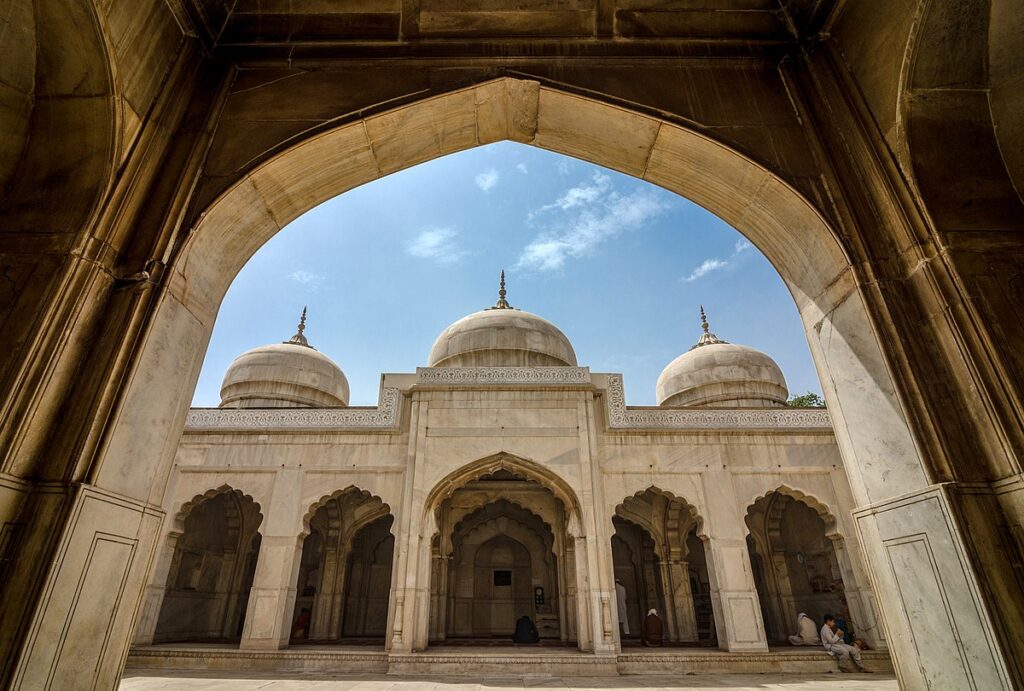
Current Use of Lahore Fort
Today, Lahore Fort tours are among the top attractions for visitors to the city. Tourists can explore its palaces, mosques, museums, and gardens, gaining insight into Pakistan’s layered history.
For those interested in practical details, the Lahore Fort ticket price (or Shahi Qila ticket price) is affordable, making it accessible to both locals and international travelers. The fort is open daily, offering guided tours, cultural events, and photography opportunities.
The fort is not just about history; it is a living heritage site where one can witness festivals, art exhibitions, and storytelling sessions. For a deeper journey into Lahore’s sacred spaces, visiting Data Darbar offers another unique perspective.
FAQs
Q1: Who built Lahore Fort?
The fort was rebuilt by Emperor Akbar in the 1560s, with later additions by Jahangir, Shah Jahan, and Aurangzeb.
Q2: What is Lahore Fort famous for?
It is famous for its Mughal-era architecture, especially the Sheesh Mahal, Moti Masjid, Alamgiri Gate, and stunning frescoes.
Q3: What is the Lahore Fort ticket price?
The Shahi Qila ticket price is kept affordable for both locals and international visitors, making it one of the most accessible heritage sites in Pakistan.
Q4: Where is Lahore Fort located?
It is located beside the Badshahi Mosque in the Walled City of Lahore, Punjab.
Q5: Why is Lahore Fort also called Shahi Qila?
Shahi Qila translates to “Royal Fort” in Persian, reflecting its role as the residence of Mughal emperors.

The Lahore Fort (Shahi Qila) is more than a fortress. It is a palace of dreams, a symbol of power, and a gallery of Mughal art that continues to inspire awe. To walk through its gates is to step into centuries of history and imagination.
If you would like to experience the fort’s majesty firsthand, I invite you to book a customized heritage tour with me, Saad Zahid. Let us explore its hidden corners, marvel at its treasures like the Sheesh Mahal and Moti Masjid, and relive the stories that shaped Lahore.
Follow my platform Vlogumentary across all channels to discover more stories, sites, and journeys into Pakistan’s timeless heritage.

